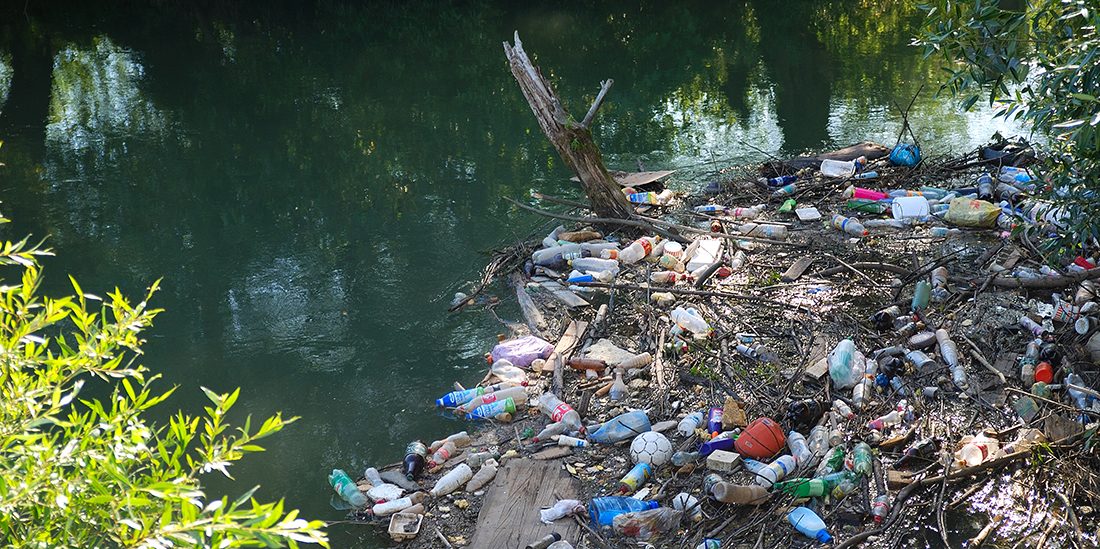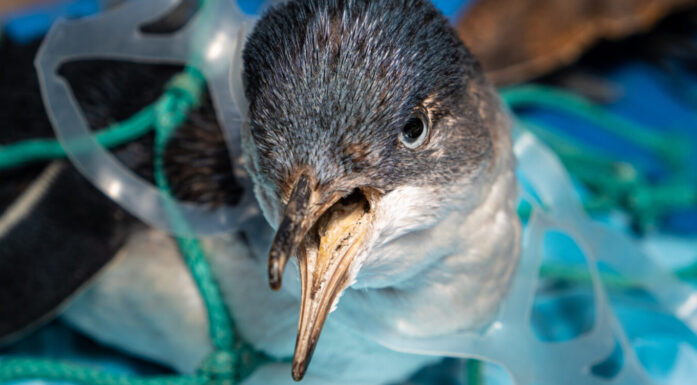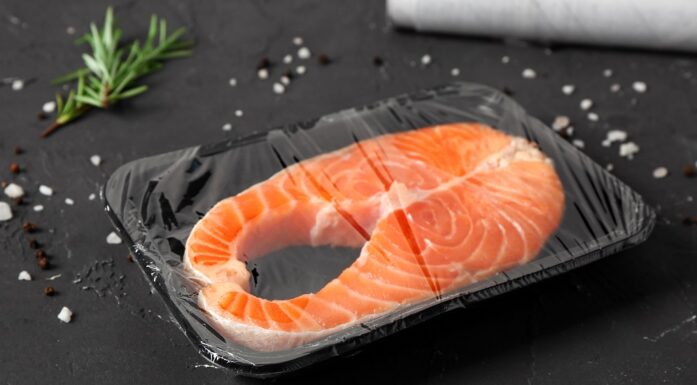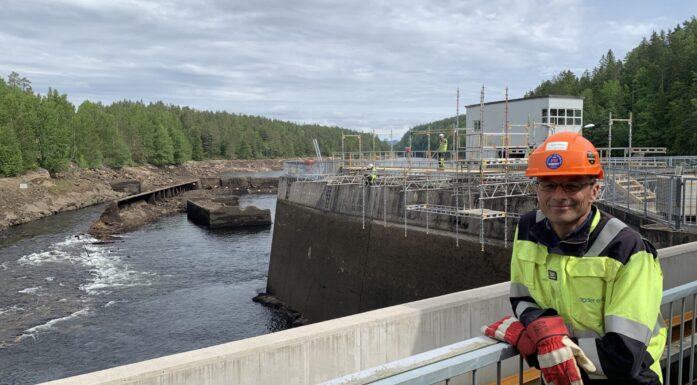Plastic in rivers and lakes a growing concern
Almost all research on plastic contamination in water systems focuses on oceans. But the biggest problem is plastic that ends up in freshwater ecosystems, according to an NTNU biologist.
Concerned citizens read about all the plastic contaminants found in the ocean – from whole patches of plastic waste to dead whales with bellies full of plastic.
“But it’s not the plastic in the oceans we should be worrying about the most,” says Martin Wagner, an associate professor at NTNU’s Department of Biology, “but the stuff that ends up in rivers and lakes.”
- You might also like: The super material that could replace plastic
Ocean clean-up is short-term solution
According to Wagner, there are two main reasons we need to extend our concern to freshwater pollutants. First, removing as much plastic as possible from the ocean is only a short-term solution. In the long run, we need to trace the sources of pollution and stop the problem there.
New research shows that most marine debris originates on land. This is especially true in Asia and Africa, where rivers transport much of the plastic waste to the sea due to inadequate disposal and handling of landfill, industrial and general wastes.
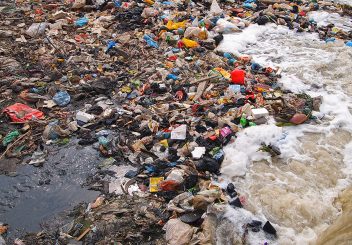
Most plastic debris in the ocean originates on land. This is especially true in Asia and Africa. Illustration photo: Colourbox
So, to prevent more plastic from ending up in the ocean, we have to start on land.
The second reason is that rivers aren’t just waterways that carry water – and trash – to the sea.
“Rivers are wonderful and complex ecosystems in themselves. We should be just as aware of how plastic pollution affects them,” Wagner says.
- You might also like: Awash in trash at the top of the world
Scarce knowledge about freshwater contaminants
One main challenge is a lack of knowledge about the amount of plastic contamination and where it comes from.
Wagner says that currently no data exists to compare the amount of plastic in marine and freshwater environments. “We also don’t know how much plastic there is in rivers and lakes. This is crucial knowledge to be able to identify and understand the most important sources of plastic litter – which in turn is essential to find effective solutions to the problem,” he says.

Rivers are amazing and complex ecosystems. “We should be just as aware of the effects of plastic pollution on them,” says Martin Wagner. Photo: Thor Nielsen/NTNU
“Plastics break down into microplastics. We know very little about the impact of microplastics on ecosystems, whether we’re talking about freshwater or oceans,” says Wagner.
“Long-term experiments and new methods are needed to find out how microplastics affect nature – and us,” he says.
- You might also like: The dirtiest clean place on Earth
Complex problem – complex solutions
Plastics in rivers, plastics in oceans. Most people find this situation disturbing and think it should be prevented. At the same time, we live in a plastic age where we’re surrounded by plastic products that are easy to get and easy to throw away. A lot of actors are involved in the life cycle of plastic products – from the chemical industry and plastic manufacturers to garbage collectors and regulatory authorities.
A complex problem requires complex solutions. Martin Wagner and co-editor Scott Lambert of Goethe University Frankfurt in Germany have gathered challenges and solutions related to plastic pollution in freshwater environments – in a book.
Researchers in disciplines ranging from nanotechnology to social science have written the book’s chapters, which is freely available online.
- You might also like: Plastic ends up on the ocean floor
Marine debris still a concern
Wagner and the authors of the book believe it’s important to include the social perspective.
“In many cases, it’s society and not research that contributes to the biggest difference when looking at solutions. We’re seeing an ever-increasing political and social movement to combat plastic waste,” Wagner says.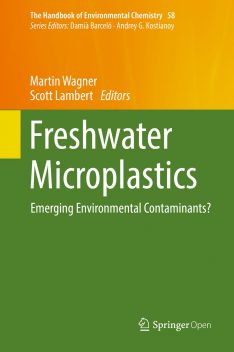
The book outlines some solutions to plastic contamination: We need to find out where the plastic originates and how much is released into the environment. Actors at every part of the plastic life cycle chain need to think in new ways. These measures will enable us to address a situation with less waste and new business models. It’s also important for all of us as consumers to become conscious of and accountable for our actions.
Wagner hopes the new book about plastic pollution in freshwater environments will serve to highlight the issue, and sees it as one step along the way. He emphasizes that we mustn’t stop caring about marine debris, but that we have to also look at freshwater plastic contamination.
Reference:
Wagner, M. and Lambert, S. (ed.): Freshwater Microplastics – Emerging Environmental Contaminants? Springer, Cham. (2018) https://doi.org/10.1007/978-3-319-61615-5 [pdf]
